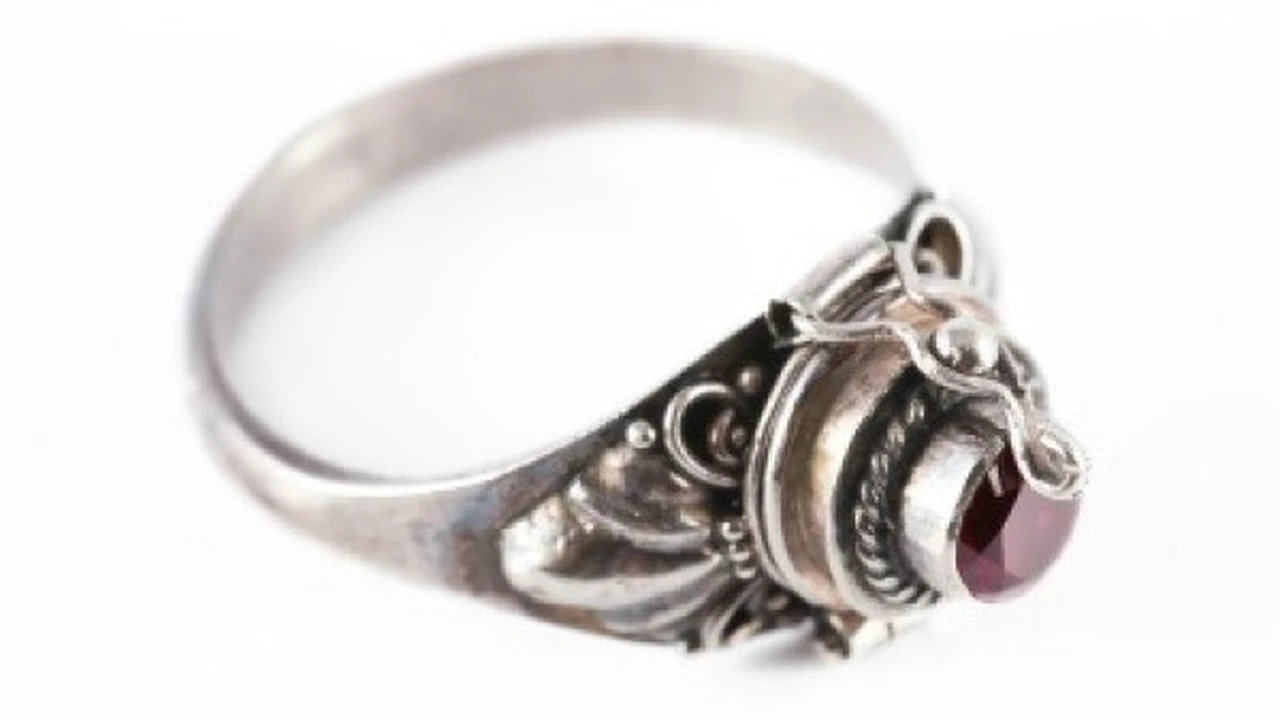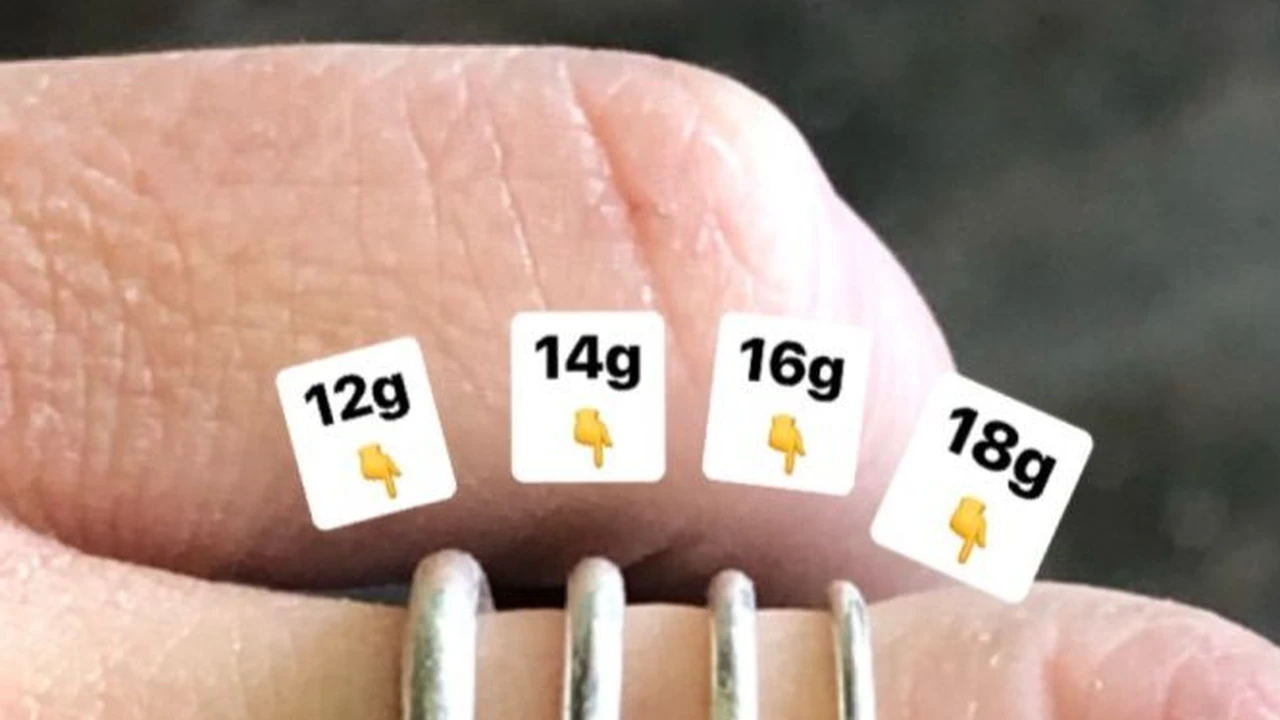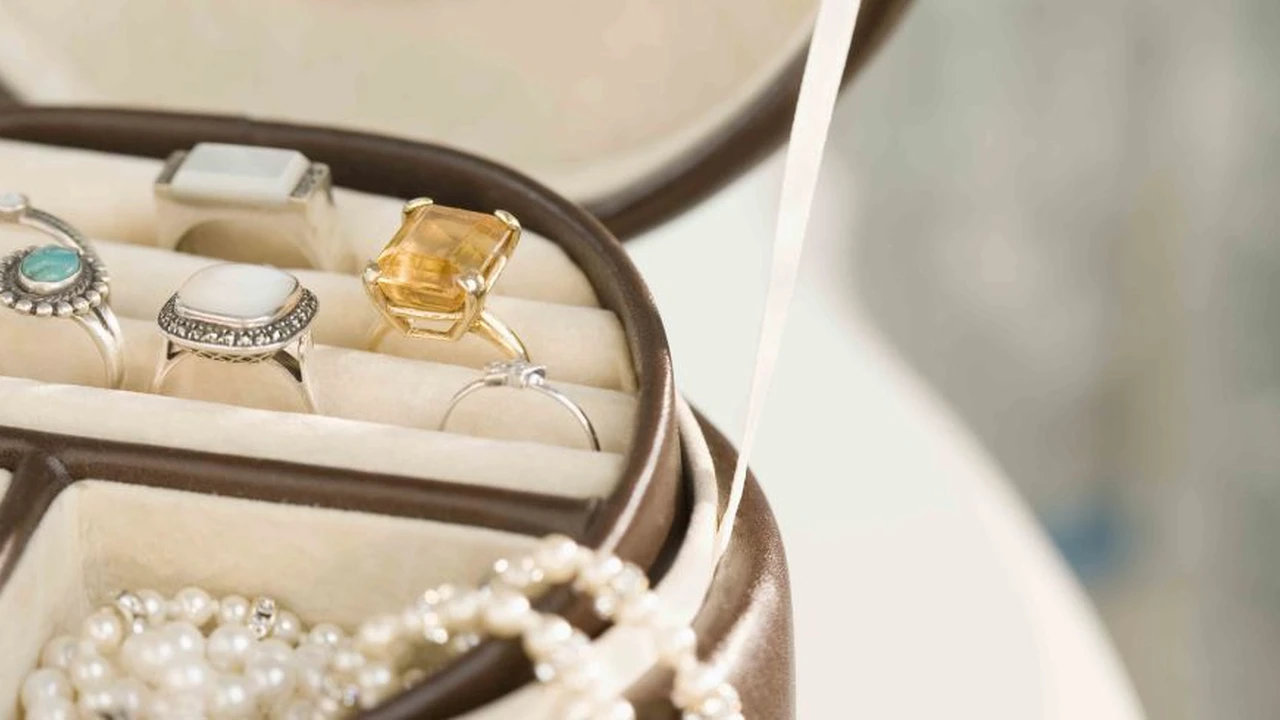Bespoke vs High Jewelry Sourcing Gemstones The Key Differences
compare the gemstone sourcing practices of bespoke and high jewelry. explore ethical considerations and the impact on value.

Alright, let's dive deep into something super important in the world of jewelry: where those dazzling gemstones actually *come* from. You might not think about it much when you’re admiring a sparkling ring or necklace, but the sourcing of gemstones is a huge deal. It affects everything from the price you pay to the ethical impact of your purchase. We're going to break down the key differences between how bespoke jewelers and high jewelry houses handle gemstone sourcing. Buckle up!
H2 Ethical Gemstone Sourcing in Bespoke Jewelry Design
When you go bespoke, you're often dealing directly with the jeweler or a small team. This means you have a much better opportunity to ask questions and get real answers about where the stones are from. Ethical sourcing is becoming a major focus for many bespoke jewelers. They understand that consumers are increasingly concerned about issues like conflict minerals and fair labor practices. Here's what you might find:
- Direct Relationships: Many bespoke jewelers cultivate direct relationships with gemstone miners and suppliers. This allows them to trace the stones back to their origin and ensure that they were mined and processed ethically.
- Smaller Scale Operations: Bespoke jewelers often work with smaller, independent mines that prioritize fair wages, safe working conditions, and environmental responsibility.
- Transparency: They are generally more transparent about their sourcing practices, willing to share information about the origin of the stones and the steps they take to ensure ethical sourcing.
- Focus on Recycled and Upcycled Gemstones: Some bespoke jewelers specialize in using recycled or upcycled gemstones, which reduces the demand for newly mined stones and minimizes environmental impact.
Example: Let's say you're working with a bespoke jeweler in New York City. They might tell you they source their sapphires from a small, family-owned mine in Montana, USA, where workers are paid fair wages and the environmental impact is carefully managed. They can even show you photos or videos of the mine! This level of transparency is harder to achieve with larger high jewelry brands.
H2 Gemstone Origins and Transparency in High Jewelry Creations
High jewelry houses, on the other hand, operate on a much larger scale. They source gemstones from all over the world, often through complex supply chains. While many high jewelry brands are making efforts to improve their ethical sourcing practices, it can be more challenging to ensure complete transparency. Here's what to consider:
- Complex Supply Chains: High jewelry brands often rely on a network of suppliers, making it difficult to trace the origin of every gemstone.
- Focus on Larger Stones: They often seek out rare and exceptionally large gemstones, which may come from regions with less stringent ethical regulations.
- Industry Certifications: Many high jewelry brands participate in industry initiatives like the Kimberley Process, which aims to prevent conflict diamonds from entering the market. However, these certifications don't always guarantee complete ethical sourcing.
- Sustainability Initiatives: Some high jewelry brands are investing in sustainability initiatives, such as supporting responsible mining communities and using recycled gold.
Example: A famous Parisian high jewelry house might source its emeralds from Colombia. While they may have policies in place to ensure ethical sourcing, it's harder to guarantee that every stone comes from a mine with impeccable practices, given the scale of their operations and the complexity of the supply chain.
H2 Gemstone Value and Sourcing Impact on Jewelry Pricing
The sourcing of gemstones directly impacts the price you pay for your jewelry. Ethically sourced gemstones often come at a premium because of the higher costs associated with responsible mining and fair labor practices. Here’s how it breaks down:
- Bespoke Jewelry: Since bespoke jewelers often prioritize ethical sourcing and transparency, you might pay a slightly higher price for the gemstones themselves. However, you can often negotiate the overall cost of the piece by choosing less rare or smaller stones.
- High Jewelry: High jewelry pieces often feature exceptionally rare and large gemstones, which command a premium price regardless of their origin. The brand name, design, and craftsmanship also contribute significantly to the overall cost.
Example: A bespoke ring featuring a locally sourced, ethically mined sapphire might cost $5,000. A similar ring from a high jewelry brand, featuring a larger, more flawless sapphire sourced from a less transparent location, might cost $20,000 or more. The difference in price reflects not only the quality and size of the stone but also the brand's prestige and sourcing practices.
H2 Specific Gemstone Recommendations and Usage Scenarios
Let’s look at some specific gemstone recommendations and how sourcing plays a role in their value and usage:
H3 Montana Sapphires – Ethical and Beautiful
Sourcing: As mentioned earlier, Montana sapphires are often sourced from small, family-owned mines with ethical practices.
Usage Scenario: Perfect for engagement rings, anniversary gifts, or everyday wear. Their durability makes them ideal for rings and bracelets.
Product Recommendation: A bespoke engagement ring featuring a Montana sapphire in a simple solitaire setting.
Price Range: $2,000 - $10,000 depending on size and quality.
H3 Colombian Emeralds – The Classic Choice
Sourcing: While Colombian emeralds are highly prized, it's crucial to ensure they are ethically sourced. Look for jewelers who can provide information about the mine of origin.
Usage Scenario: Ideal for statement necklaces, earrings, and cocktail rings. Emeralds add a touch of elegance and sophistication.
Product Recommendation: A high jewelry emerald and diamond pendant necklace from a reputable brand known for its ethical sourcing practices.
Price Range: $10,000 - $100,000+ depending on size, quality, and brand.
H3 Lab-Grown Diamonds – A Sustainable Alternative
Sourcing: Lab-grown diamonds offer a sustainable and ethical alternative to mined diamonds. They are created in a laboratory using advanced technology.
Usage Scenario: Suitable for any type of jewelry, from engagement rings to stud earrings.
Product Recommendation: A bespoke diamond tennis bracelet featuring lab-grown diamonds in a platinum setting.
Price Range: $3,000 - $20,000 depending on size and quality.
H2 Gemstone Certification and Authentication for Jewelry Purchases
Certifications play a crucial role in verifying the quality and origin of gemstones. Here are some key certifications to look for:
- GIA (Gemological Institute of America): GIA is the most respected gemological laboratory in the world. A GIA certificate provides detailed information about a diamond's cut, clarity, color, and carat weight.
- AGS (American Gem Society): AGS is another reputable gemological laboratory that provides grading reports for diamonds and other gemstones.
- Kimberley Process Certification Scheme (KPCS): The KPCS aims to prevent conflict diamonds from entering the market. However, it doesn't guarantee ethical sourcing beyond conflict-free status.
Example: When purchasing a diamond, always ask for a GIA or AGS certificate. This will provide you with an independent assessment of the diamond's quality and ensure that you are getting what you pay for.
H2 Sourcing Gemstones from Different Regions Considerations for Bespoke and High Jewelry
The region where a gemstone is sourced can significantly impact its value, ethical considerations, and overall appeal. Here are some examples:
- Sri Lanka (Ceylon): Known for its sapphires, Sri Lanka has a long history of gemstone mining. Look for jewelers who support fair labor practices in the region.
- Myanmar (Burma): Famous for its rubies, Myanmar has faced ethical concerns related to human rights abuses. Exercise caution when sourcing rubies from this region.
- Australia: A major source of diamonds, Australia has relatively strong environmental regulations and labor laws.
- Tanzania: Home to the tanzanite, Tanzania faces challenges related to illegal mining and environmental degradation. Support jewelers who work with responsibly sourced tanzanite.
Example: When sourcing a sapphire, consider a Ceylon sapphire from Sri Lanka. Look for jewelers who can provide information about the mine and its ethical practices. This will ensure that your purchase supports responsible mining and fair labor.
H2 The Future of Gemstone Sourcing Technology and Traceability
Technology is playing an increasingly important role in gemstone sourcing. Blockchain technology, for example, can be used to track gemstones from the mine to the consumer, providing greater transparency and accountability. Here are some emerging trends:
- Blockchain Technology: Blockchain can create a permanent and immutable record of a gemstone's journey, making it easier to verify its origin and ethical status.
- DNA Tracing: Some companies are using DNA tracing technology to identify the origin of gemstones.
- AI-Powered Sourcing: Artificial intelligence can be used to analyze data and identify potential risks in the gemstone supply chain.
Example: Imagine a future where every gemstone is tagged with a unique blockchain identifier. You could scan the tag with your smartphone and instantly access information about the gemstone's origin, ethical practices, and journey through the supply chain. This level of transparency would revolutionize the jewelry industry.
So, there you have it – a deep dive into the world of gemstone sourcing! Whether you're going bespoke or buying high jewelry, remember to ask questions, do your research, and choose jewelers who prioritize ethical and sustainable practices. Your purchase can make a difference!
:max_bytes(150000):strip_icc()/277019-baked-pork-chops-with-cream-of-mushroom-soup-DDMFS-beauty-4x3-BG-7505-5762b731cf30447d9cbbbbbf387beafa.jpg)






